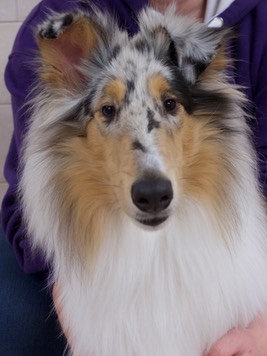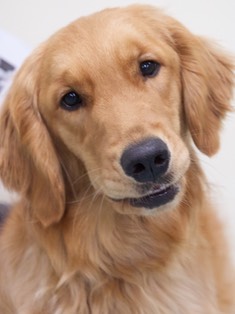
I have spoken at length about classical and operant conditioning in these blogs. The concepts are fairly easy to understand. While not difficult concepts, there are nuances involved in the implementation which often mean the difference between success and failure. It is one of the reasons why people give up so easily and turn to more punitive interventions. It is also a flaw in the human character as it is easy to convince oneself that the dog is stubborn rather than reflect on ones own shortcomings.
A critical tool in both classical and operant conditioning is the practice of reinforcement. The idea that you reward desired behaviors is a straightforward concept however can be difficult one to do effectively. For reinforcement to achieve it’s maximum benefits, the owner has to remain aware of parameters such as timing, consistency, the value of the reward, latency periods and so much more. It is not as cut and dry as just presenting a reward any time a behavior is presented especially when it comes to dealing with serious behavior issues. It becomes even more clouded when one examines differential reinforcement. The more serious the behavior an owner is attempting to address, the more important it is to fully understand this concept and how to put it effectively into your training practice.
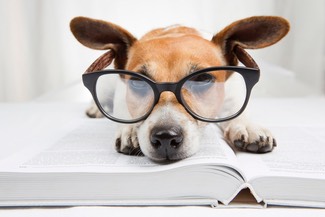
Differential reinforcement has a long and extensive history in Applied Behavior Analysis (ABA). Behavior experts like Dr. Susan Friedman have been advocating it’s use for years as a viable and more desirable alternative to punitive measures when working with behavior problems in animals. Differential reinforcement is defined as reinforcing specific desired behaviors while withholding reinforcement for other possibly undesired behavior. For example, if the intent is to get your dog to sit on the verbal cue “sit”, the dog will only be reinforced when he sits on cue. For any other responses, he receives no reinforcement, positive or negative.
Seems like an uncomplicated concept doesn’t it.
What if I said that there were four forms of differential reinforcement?:
DRI: Differential Reinforcement of Incompatible behavior
DRA: Differential Reinforcement of Alternative behavior
DRO: Differential Reinforcement of Other behavior
DRL: Differential Reinforcement of Low Rates
The efficacy of the reinforcement often depends upon subtle nuances. It is balanced on the type of reinforcement the owner is using, how the owner is switching between them and when the owner switches.
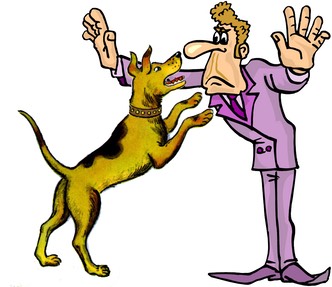
Here is a quick explanation of the different types using a common issue dog owners face:
A. DRI involves only reinforcing behaviors that are incompatible with the problem behavior while ensuring there is no reinforcement for the problem behavior. With DRI, only behaviors that cannot occur simultaneously with the problem behavior are reinforced.
For example, an owner wants to address the problem behavior of her dog jumping on people. She decides her dog sitting when greeting people is an incompatible behavior ie. when the dog is sitting, he cannot jump on people. The dog only receives reinforcement for sitting when greeting people. While the dog is standing or jumping, reinforcement is withheld.
B. DRA involves reinforcing a viable alternative for the problem behavior. The viable alternative may not be necessarily incompatible with the problem behavior.
Using the above example the owner decides to reinforce the dog bringing a toy to the guests as an alternative. Bringing a toy is an alternative to the jumping but the dog can still jump while having a toy in his mouth.
C. DRO involves providing reinforcement whenever the problem behavior does not occur during a predetermined amount of time. Using our jumping scenario, the owner would reinforce the absence of a jump for 10 seconds. If the dog jumps within the 10 seconds, the owner resets the mental clock and repeats the procedure. Gradually the time period increases as success is met.
D. DRL is used to reduce the frequency of a behavior but not eliminate it. DRL is typically reserved for behaviors that are acceptable to the owner but may not occur often. Using this procedure, reinforcement is delivered if a behavior occurs below a predetermined criteria.
Using our example of a dog greeting people, our dog is now not jumping on people but is still demanding too much attention from them. The dog is sitting upon greeting but continues to perform a sit in front of the visitor. The owner decides to reinforce a sit if the dog approaches and asks for interaction from the visitor 5 or fewer times in a half an hour period. If the dog approaches and asks the visitor for interaction more than five times, he receives no reinforcement.
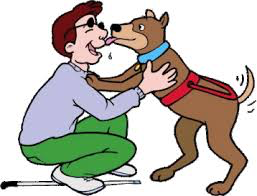
As you see, there is a lot to consider even when choosing what type of reinforcement is used in order to modify a given behavior. There are a number of rules one should adhere to when engaging in differential reinforcement:
1. Reinforcement must be dependant on the presentation of the desired alternate behavior ie. you must reward the dog each and every time the dog sits when greeting people. The reinforcement must be consistent and immediate especially in the early stages of the work.
2. The chosen desired behavior must be incompatible with the unwanted behavior ie. sitting or laying down is incompatible with jumping when greeting guests.
3. The unwanted behavior must be controlled and prevented as much as possible from being performed and reinforced. Owners need to engage in practices which allow them to be proactive as opposed to reactive. The more friends and family adhere to the same practices, the clearer the message becomes to the dog as to what is expected.
4. The presented reinforcer must have enough value to encourage the dog to engage in the incompatible behavior with increasing frequency. Use of high value treats or other things your dog loves, especially during the early stages is a must.
Here is an example of staff from the ASPCA Animal Behavior Center first using DRA and than DRI to address Lily jumping on people for greeting. It is an excellent example of how to switch between the two, how reinforcement has to be consistent and immediate and how ignoring a problem behaviour while maintaining control, works.
Differential reinforcement is a powerful tool in any dog owner’s training arsenal. It is an easy concept to understand but requires awareness and practice in order to be effective. It is always interesting and fun to watch a dog think about what is happening and to alter behaviors in response to what you are attempting to accomplish.
In a future blog, I will present a checklist of steps one must follow and some tips on how to perform differential reinforcement to achieve its maximum impact.
